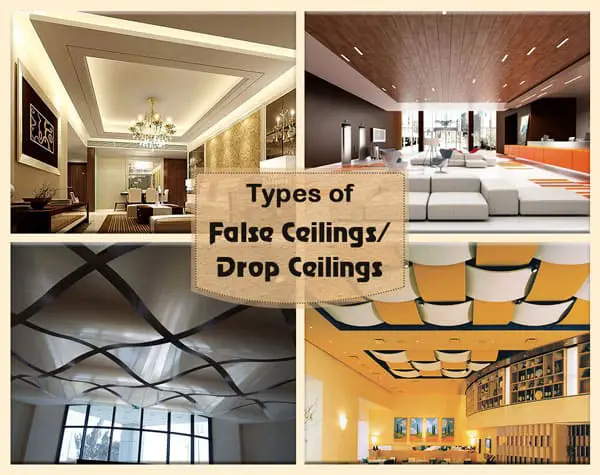When constructing a new building or renovating an existing one, choosing the right type of ceiling can dramatically impact both the aesthetics and functionality of the space. This analysis will delve into various ceiling types, assessing their benefits and limitations from a builder’s perspective to aid in making the most informed decision possible.
Understanding Ceiling Types
Ceilcings can vary widely in materials, design, and construction methods, each bringing its own set of advantages and challenges. The primary ceiling types include suspended ceilings, coffered ceilings, tray ceilings, and cathedral ceilings. Each of these has distinct characteristics that can influence a builder’s choice depending on the project requirements.
Suspended Ceilings: Flexibility and Accessibility
Suspended ceilings, often referred to as drop ceilings, consist of a metal grid suspended from the main ceiling with tiles or panels fitted into the grid. This ceiling type is particularly beneficial in environments where easy access to plumbing, electrical systems, and HVAC units is necessary. The ease of replacing panels and its cost-effectiveness make it a popular choice in commercial buildings like offices and schools.
Coffered Ceilings: Aesthetic Appeal with Structural Benefits
Coffered ceilings are known for their grid of sunken panels accentuated by decorative beams, typically made from wood or polyurethane. This style not only enhances the beauty of a room but also helps in noise reduction, making it ideal for libraries, dining rooms, or any space where ambiance is a priority. While more expensive than some other options, the investment in coffered ceilings can increase a property’s value.
Tray Ceilings: Enhancing Room Spaciousness
Tray ceilings feature a central portion that is recessed, creating the illusion of height and space within a room. This type of ceiling is often found in bedrooms and dining areas, providing a subtle yet effective method to elevate a room’s aesthetics without extensive renovations. Tray ceilings can also incorporate lighting to enhance the room’s atmosphere subtly.
Cathedral Ceilings: Maximizing Space and Natural Light
Cathedral ceilings, with their high, sloping design, can transform a room by making it appear larger and more open. This ceiling type is most common in living rooms or great rooms where the goal is to create a spacious environment that draws in natural light. However, the increased volume of the space may lead to higher heating costs and can require additional insulation.
Economic Considerations
The cost of installing different ceiling types can vary significantly, influenced by the materials used, the complexity of the design, and the ceiling’s benefits in terms of energy efficiency and maintenance. For instance, while suspended ceilings are initially less expensive, they offer less in terms of adding property value compared to coffered or tray ceilings. Builders must also consider the long-term benefits of each ceiling type, such as energy savings from improved insulation and the potential to increase the building’s market value.
Energy Efficiency and Environmental Impact
Today’s construction decisions are increasingly influence by their environmental impact. Materials used in coffered or tray ceilings, such as sustainably sourced wood or recycled products, can contribute to a building’s overall energy efficiency and environmental footprint. Additionally, the ability of certain ceilings to improve light distribution can reduce the need for artificial lighting, lowering energy consumption.
Choosing the Right Ceiling for Your Project
Builders must weigh the visual impact, cost, functionality, and environmental considerations of each ceiling type against the specific needs of their project. Factors like the building’s purpose, the local climate, and the client’s budget all play crucial roles in this decision-making process.
Conclusion
In conclusion, the choice of ceiling can profoundly affect both the practical and aesthetic aspects of a building project. Builders equipped with a thorough understanding of the advantages and drawbacks of different ceiling types can make decisions that optimize both the cost-effectiveness and functional beauty of their projects. Choosing the right ceiling type is an investment in a building’s comfort, utility, and appeal.


